Vanishing Point (1971)
“Don’t you worry — we’ll catch him.”
|
Synopsis: |
|
Genres, Themes, Actors, and Directors:
Response to Peary’s Review: Peary notes that “because the high-speed car chase in Bullitt (1968) had such an impact on the public… and on filmmakers who saw a good way to fill twenty minutes of screen time in their own dreary films, almost every action film of the following years included an obligatory car chase” — though for Vanishing Point, this was simply the “starting point.” He asserts that “director Richard Sarafian… was looking for the perfect movie formula” and “noticed that there was also a proliferation of ‘personal’, low-budget existential films that used the road as a metaphor for lives that have no meaning, no direction, no beginning, and no end” — so “he decided to mix the car chase, hallmark of the action film, into an existential road film.” Meanwhile, “he threw in some gorgeous Colorado-Nevada-California scenery, a bit of nudity (a girl on a motorcycle in the desert???)”: … “some acoustic and psychedelic rock music (perfectly attuned to the era), and stereotypes from the counterculture” — and, “the youthcult ate it up.” Unfortunately, there are three central problems: first, “the picture makes little sense”; second, audiences are manipulated by “Sarafian and screenwriter Guillermo Cain” into “regarding Kowalski as its hero”; and third and “most significant[ly], they have ‘cool’ characters” — like “Vera [Kowalski’s deceased girlfriend, played by Victoria Medlin]”: … “Super Soul — who [for some reason] thinks of Kowalski as ‘the last American hero,’ the symbol of our dying freedom”: … “Jake, the old prospector”: … and “Angel and his nude girlfriend think[ing] well of Kowalski”: … thus indicating “he must be all right.” Meanwhile (and most frustrating to me), “all the women are portrayed as love objects, willing to hop into the sack with any lonely stranger.” As DVD Savant writes in his equally scathing review:
Adding insult to injury, “the only misfits who don’t help Kowalski are homosexuals (even youth films in those days made homosexuals into comical deviants.)” Peary concludes his essay by naming many of the confusing or unclear aspects of the screenplay — but he also admits he “half enjoy[s] Vanishing Point” given that “the stuntwork here… is truly spectacular,” and there are (thankfully) “few actual car crashes” (though the filmmakers did go through eight white Dodge Challengers during the making of the film). While “Kowalski drives like a tourist guide who missed the last reststop,” the “scenery we glimpse is… breathtaking, and the camerawork from fast-moving vehicles and helicopters is stunning.” What Peary likes “best about the film,” however, “is its depiction of a coast-to-coast network of weirdos, dropouts, and misfits ready to help wayfaring strangers,” thus “show[ing] a finer aspect of the sixties-seventies counterculture, for which [he has] nostalgic feelings.” I wonder if this may also be why 72-year-old Bruce Springsteen mentioned this as his favorite action film on the November 10th, 2021 episode of The Late Show With Stephen Colbert while taking the “Colbert Questionnaire”. Perhaps we all have a collective nostalgia for a (perceived) time when the world was more collaborative and communal. Note: Check out the 18-minute documentary called “Built For Speed: A Look Back at Vanishing Point” if you’re curious to learn a bit more about the film’s production and popularity. Notable Performances, Qualities, and Moments:
Must See? Categories
Links: |
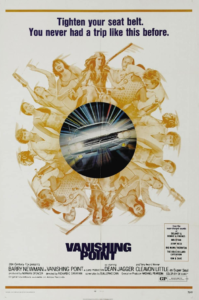
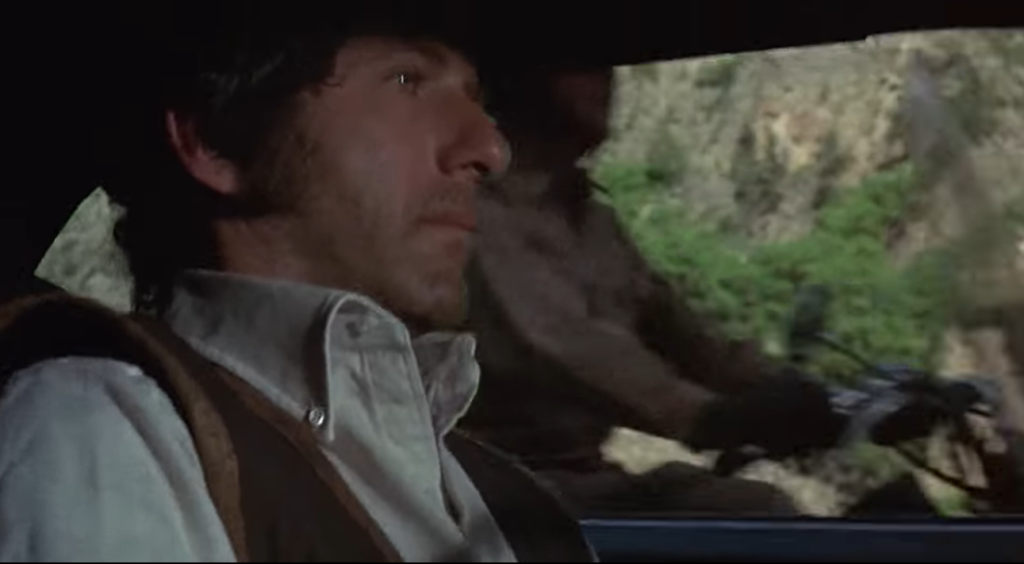
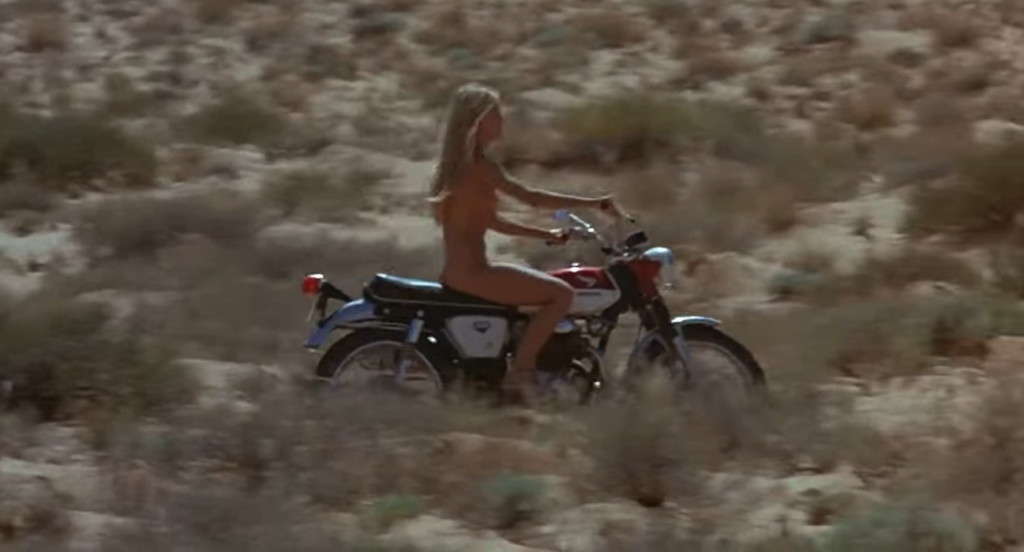
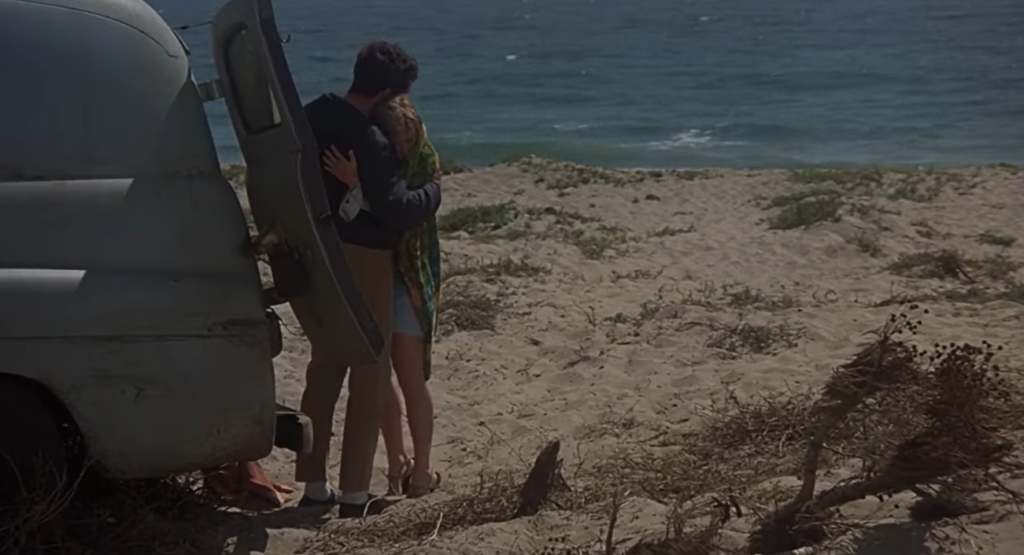
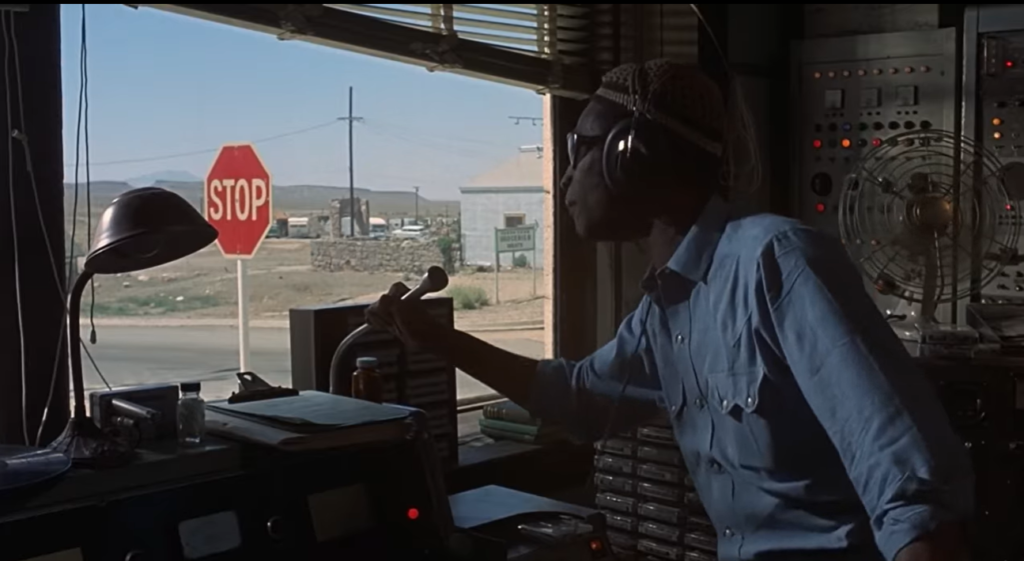
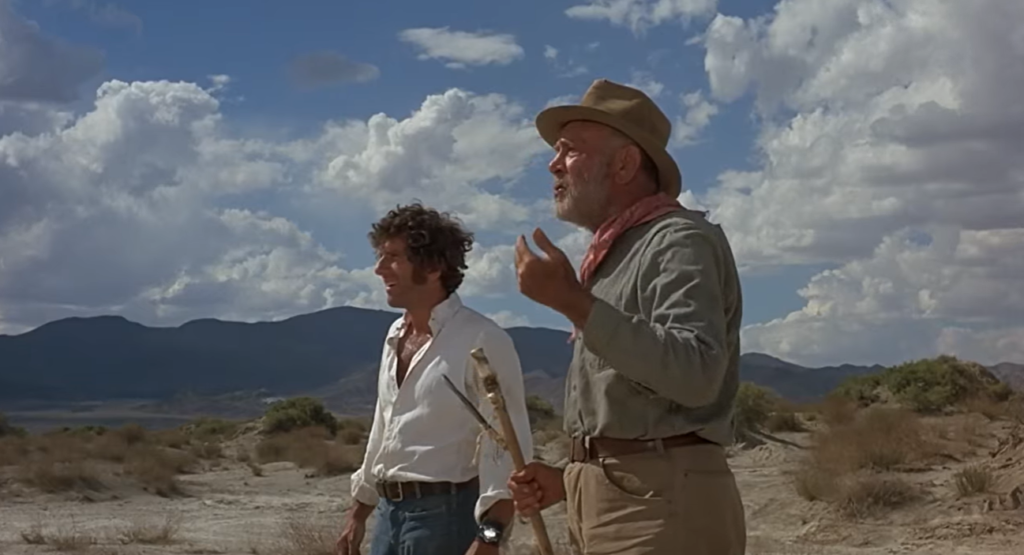
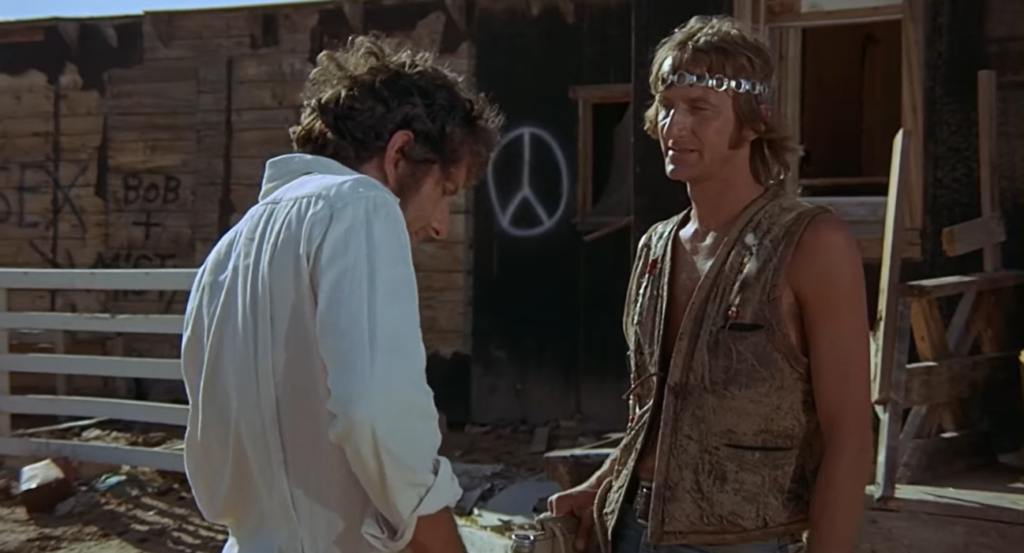
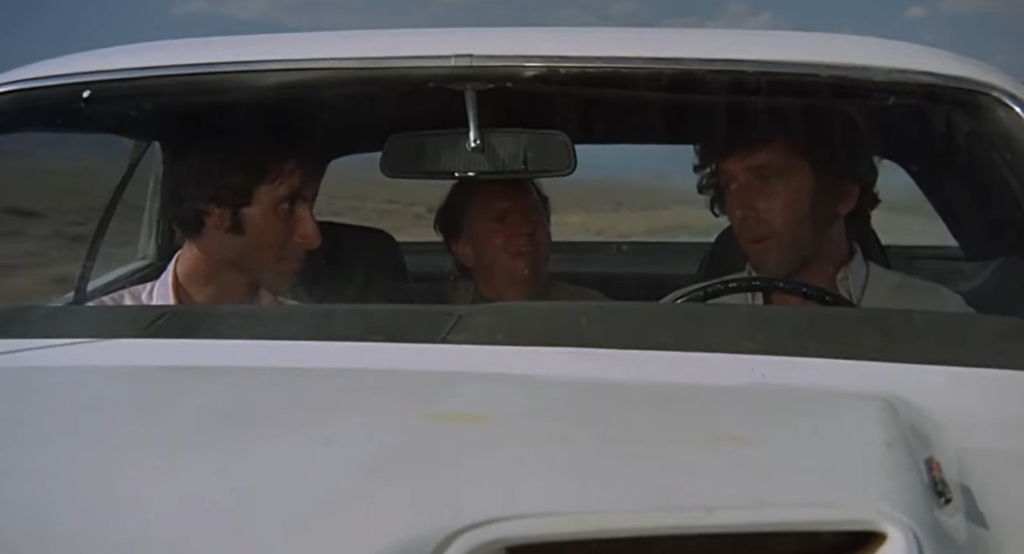
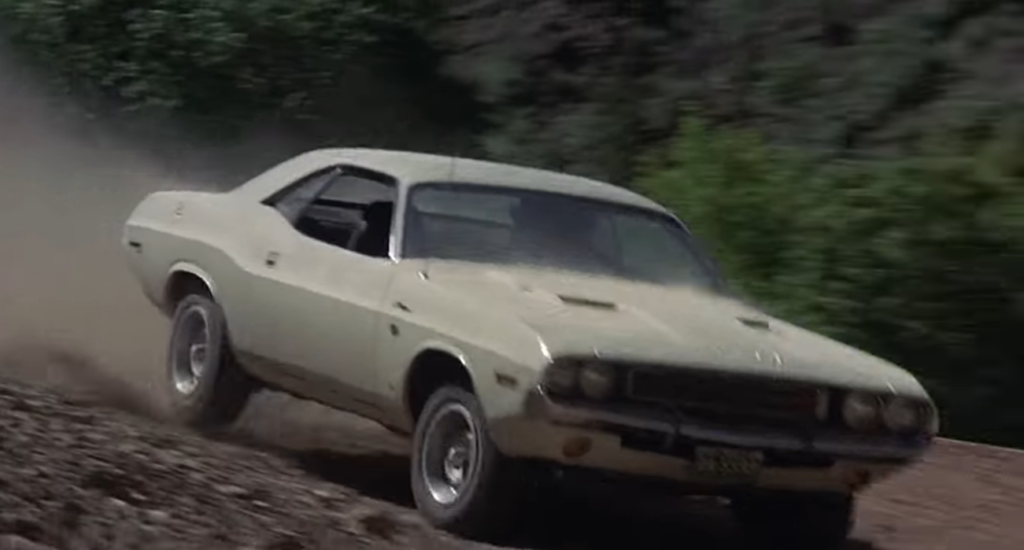
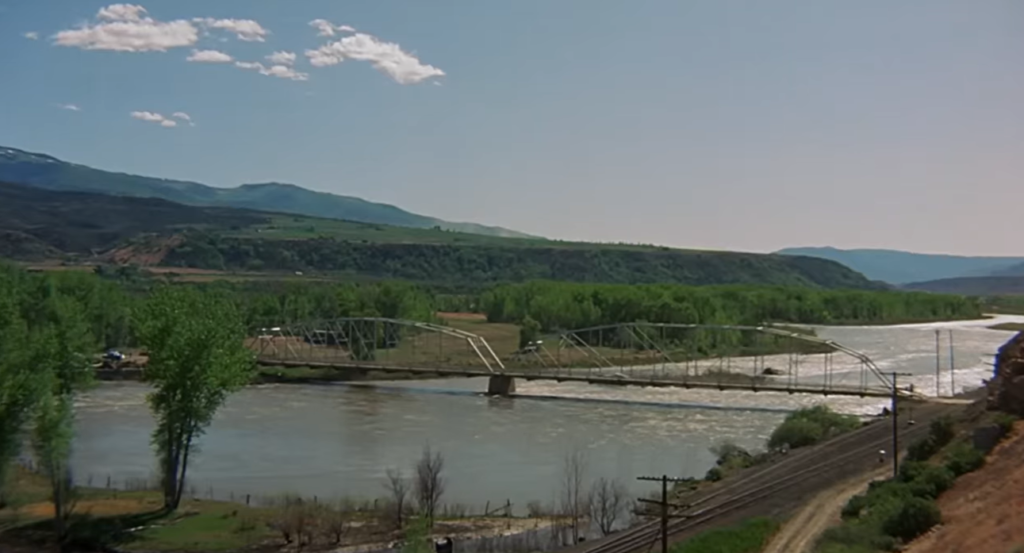
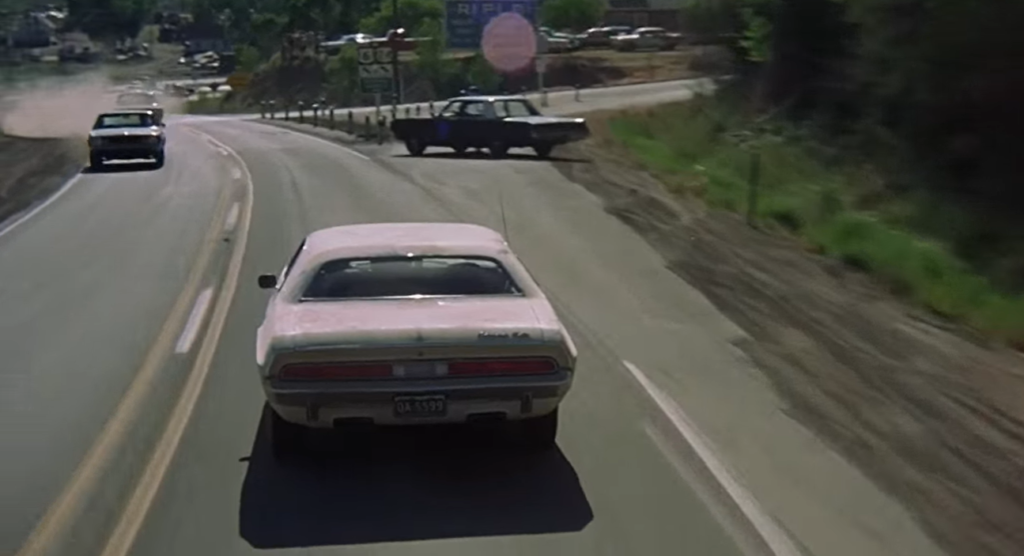
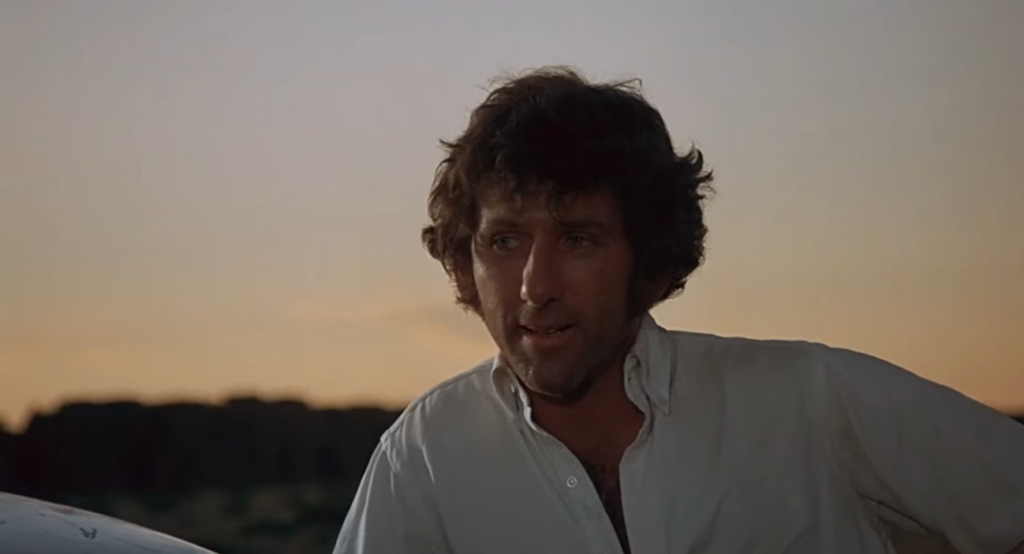
3 thoughts on “Vanishing Point (1971)”
Rewatch. Only must-see for car chase enthusiasts.
‘Bullitt’ meets ‘Easy Rider’. I’d seen this once before, years ago, and had all but forgotten it. Now I remember why. It’s just not all that good.
There’s an intriguing first half, which sets us up for something compelling, but the second half becomes tedious as it falls apart. The latter part of the film brings Kowalski a short series of encounters which, in their pointlessness, foment viewer frustration (i.,e., the two gay guys… why?; the absolutely ridiculous and badly written encounter with Charlotte Rampling… why?). Couldn’t he have met *one person* to counter with who would serve to boost the narrative in an interesting manner?
Not all films that maintain cult appeal are worthy of that attention. This one, reflecting a sense that the writers and director at some point simply gave up, ultimately disappoints.
Interestingly, when my husband happened to glance over and notice I was writing a review of this film (which we’d watched together years ago), he said, “Oh! The film with the nude motorcycle girl?”
*sigh*
An understandable ‘capsule review’. 😉